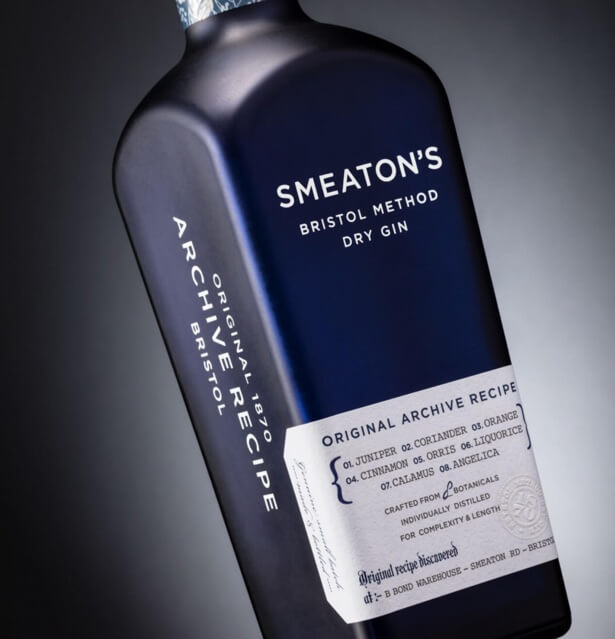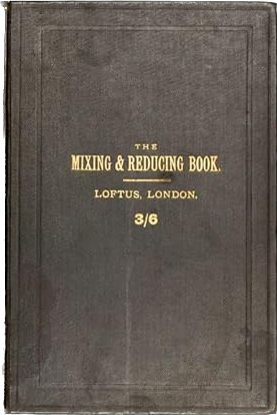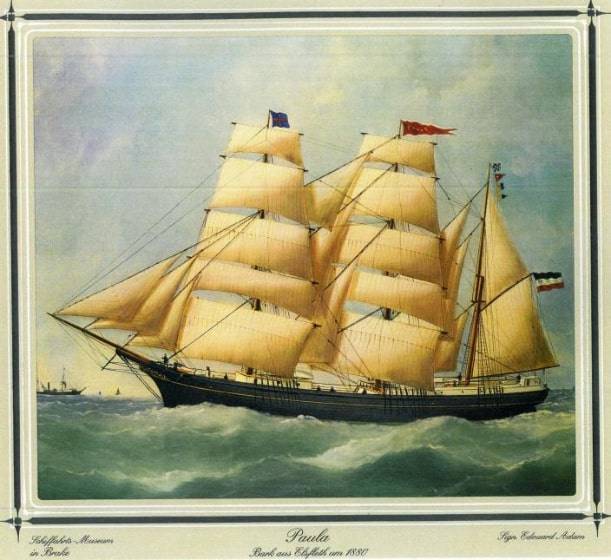
Bristol Blue Glass, widely appreciated for its elegance and provenance, came about as a result of the collaboration between a merchant, a potter, and a chemist.
The potter, Richard Champion, respected for his Bristol porcelain in the 1770s, joined forces with chemist William Cookworthy. Cookworthy secured the exclusive import rights for cobalt oxide from the Royal Saxon Cobalt Works in Saxony, which he used to create a blue glaze for the porcelain.
The innovation of using cobalt oxide to colour glass is credited to Isaac Jacobs, Champion’s son-in-law. He created a translucent deep blue glass, which came to be known as Bristol Blue Glass. Jacobs launched it as a brand, expanding the product range to include jugs, vases, decanters, glasses, candlesticks, and more. His company even gained a royal warrant, crafting glass for the European aristocracy.
Throughout the 18th and 19th centuries, Bristol Blue Glass gained fame and popularity, leading to the establishment of seventeen glass houses in the city. Bristol’s dock allowed the import of raw materials and the export of finished products, primarily to America. The city’s access to sand, kelp, lead, and other glass-making ingredients further fuelled the industry.
Bristol Blue Glass was showcased at the Great Exhibition of 1851, as a testament to the skills and craftsmanship of Bristol’s glassmakers. Its enduring appeal attests to the ingenuity of the collaboration that created it, and Smeaton's Gin draws inspiration from gin bottles of the 1870s as well as the renowned blue glass of the period.


.jpg)

